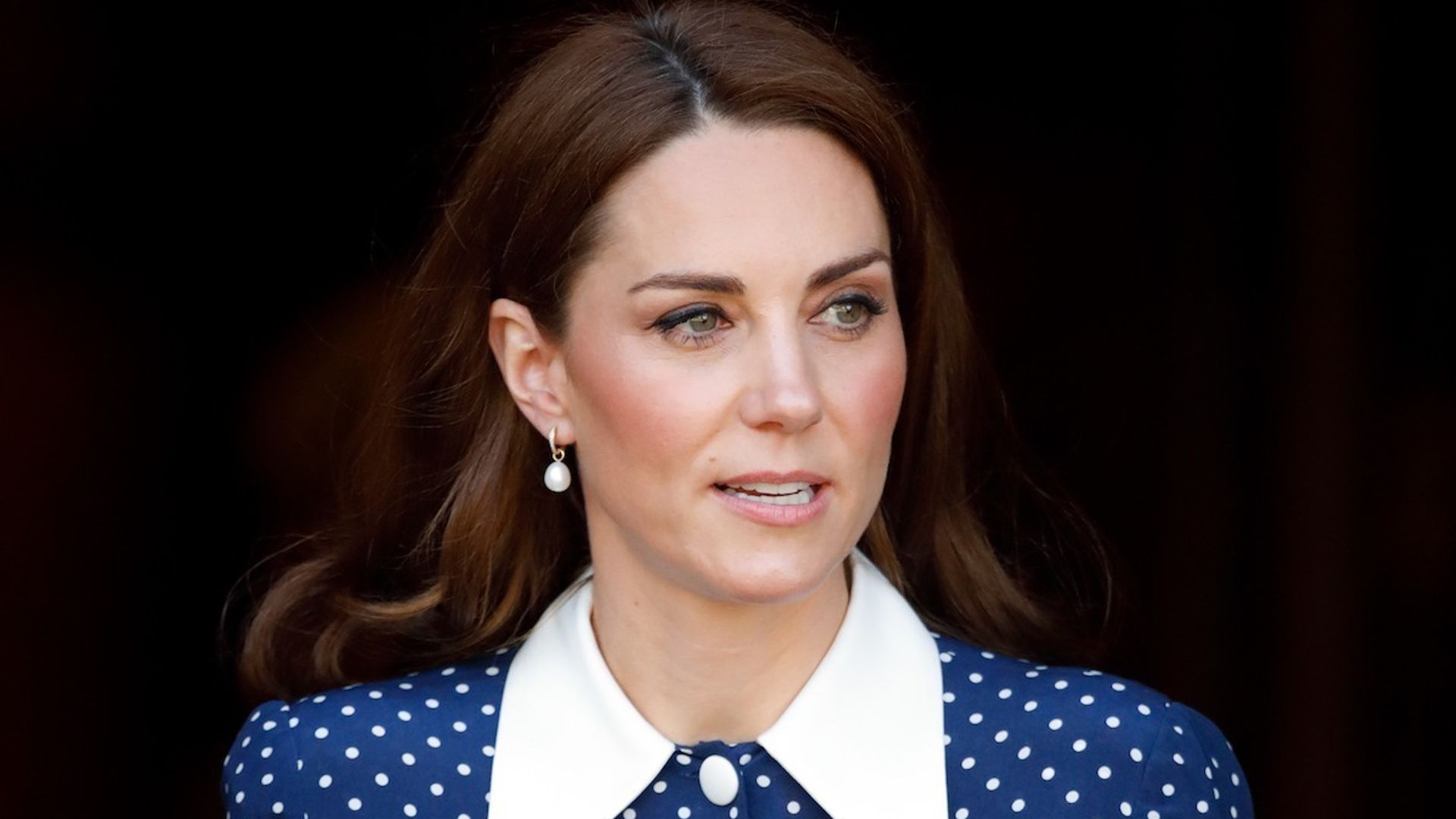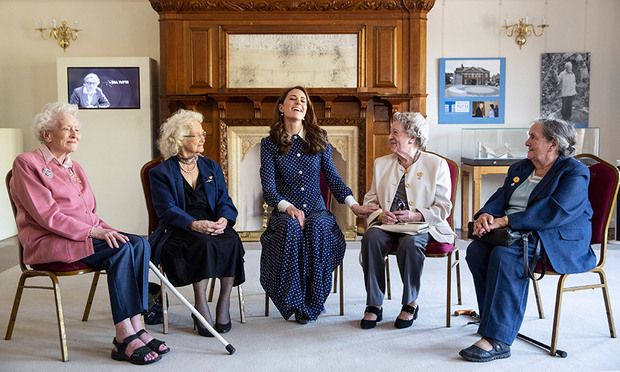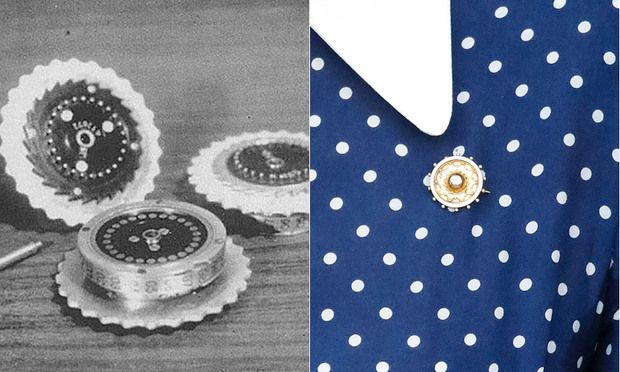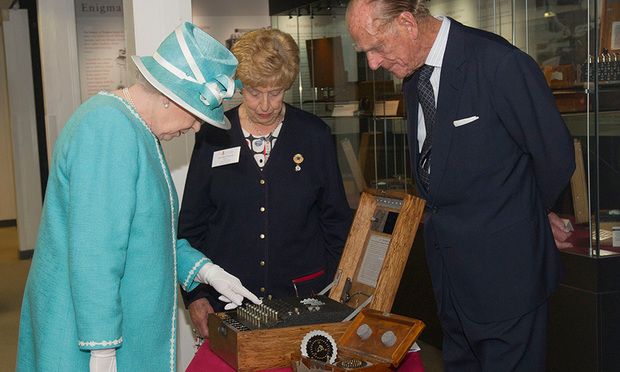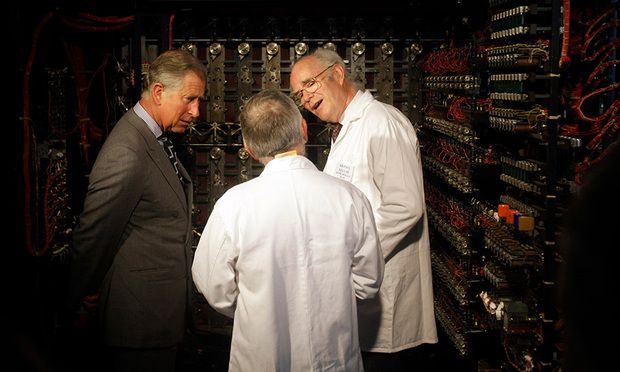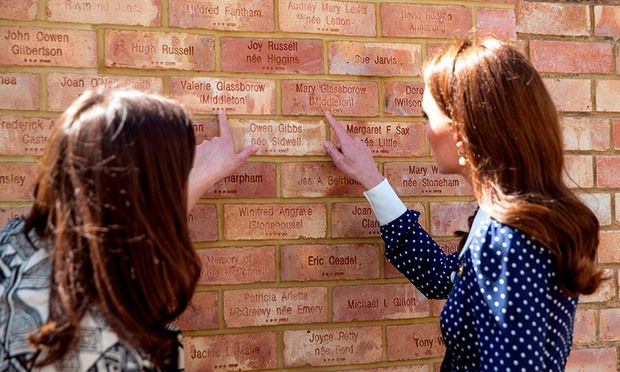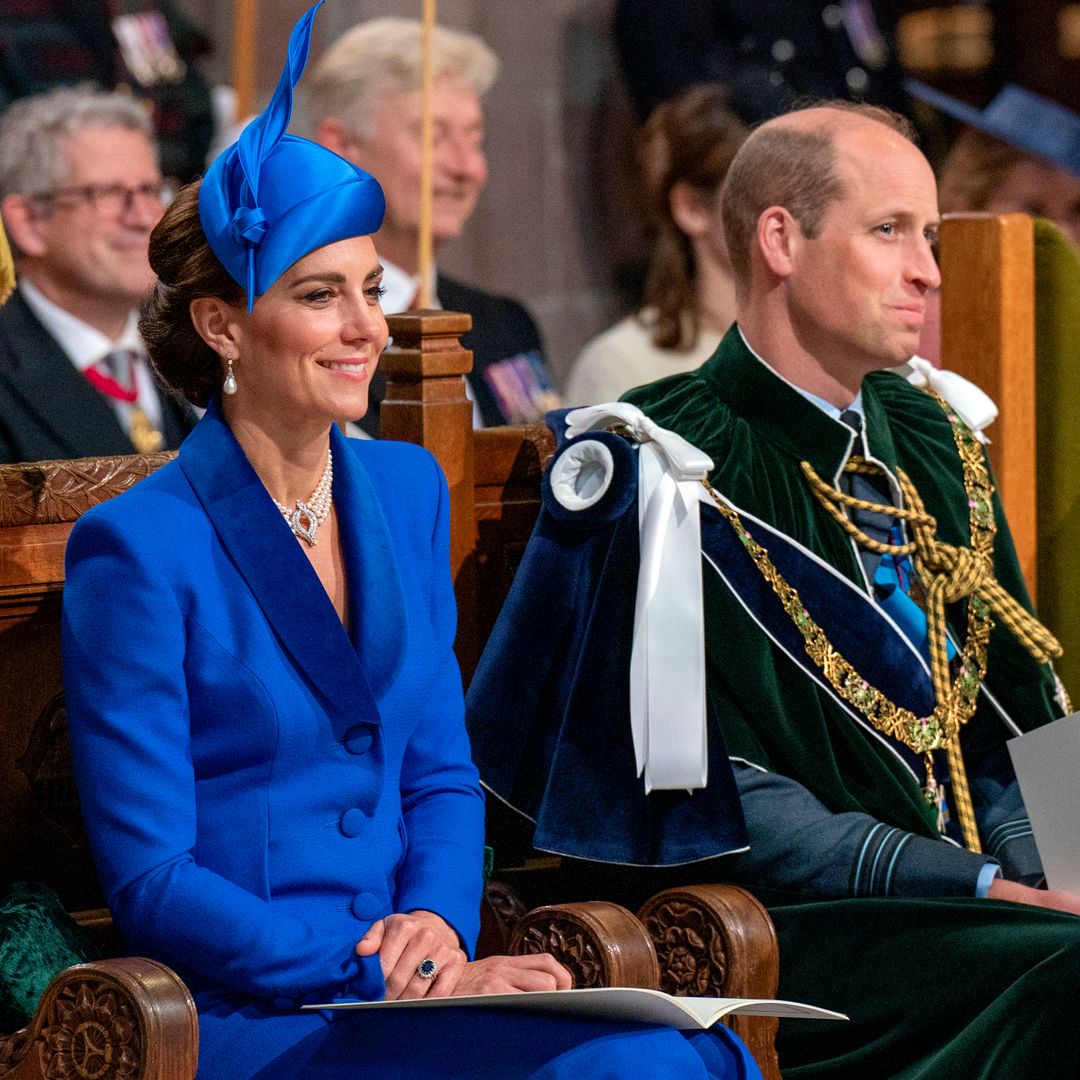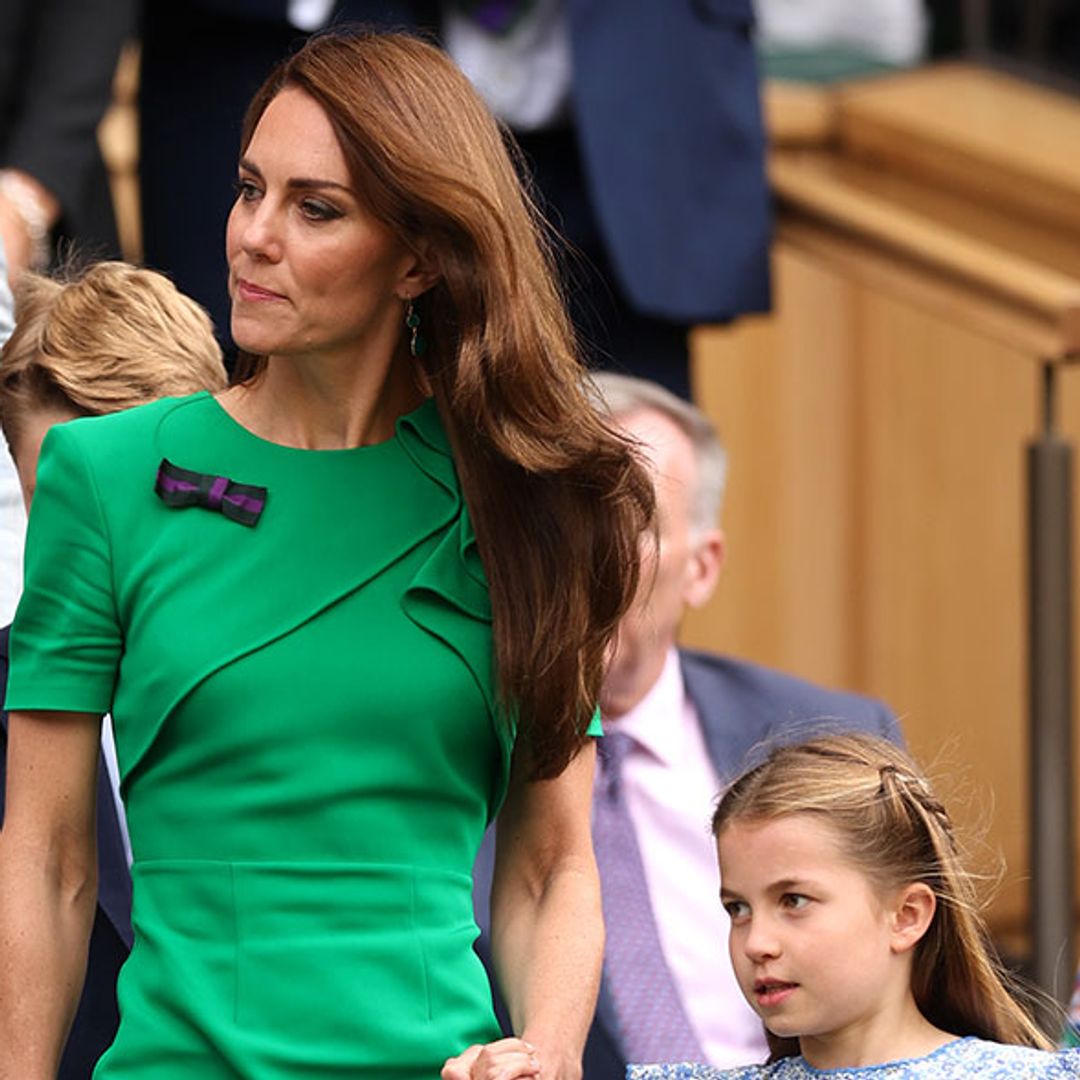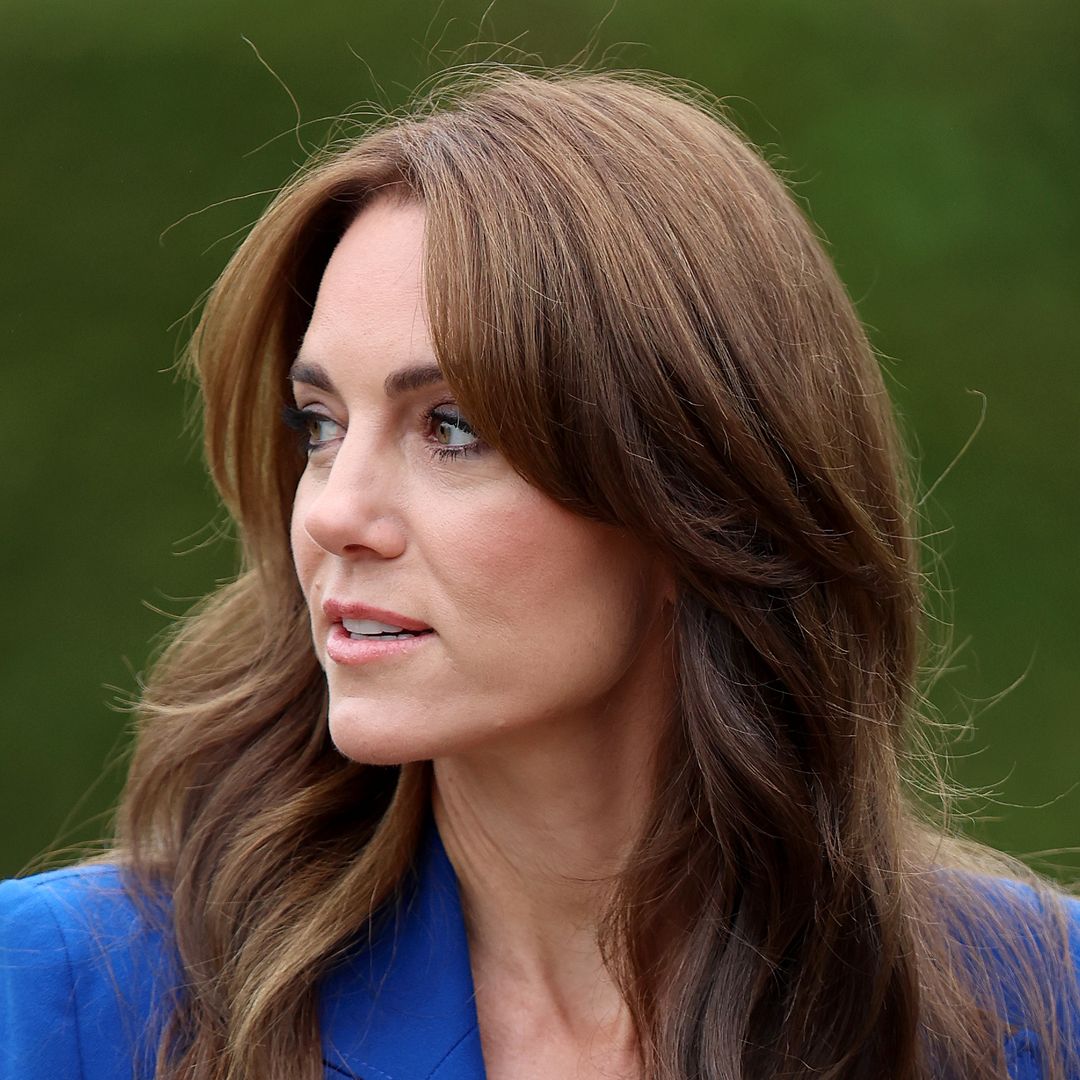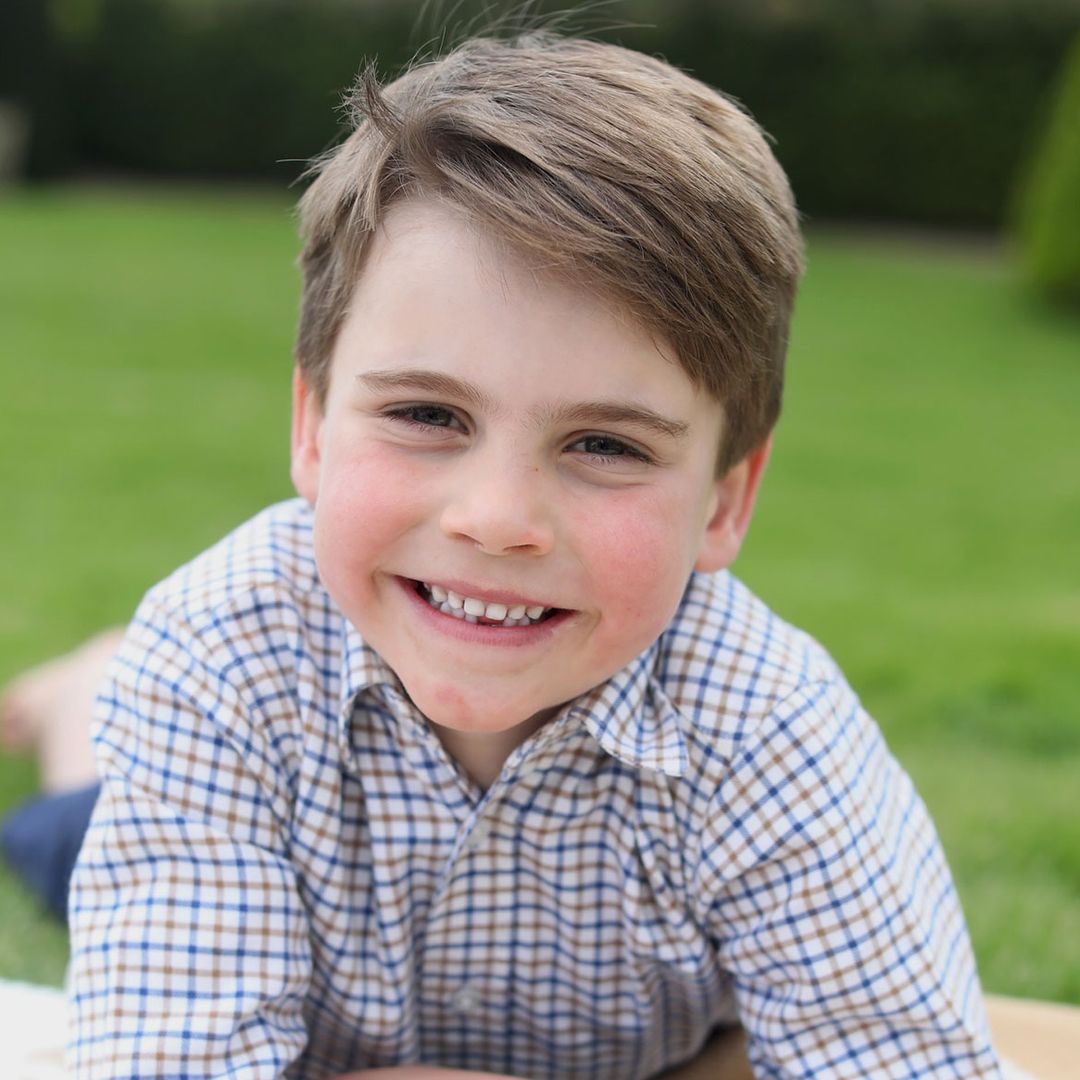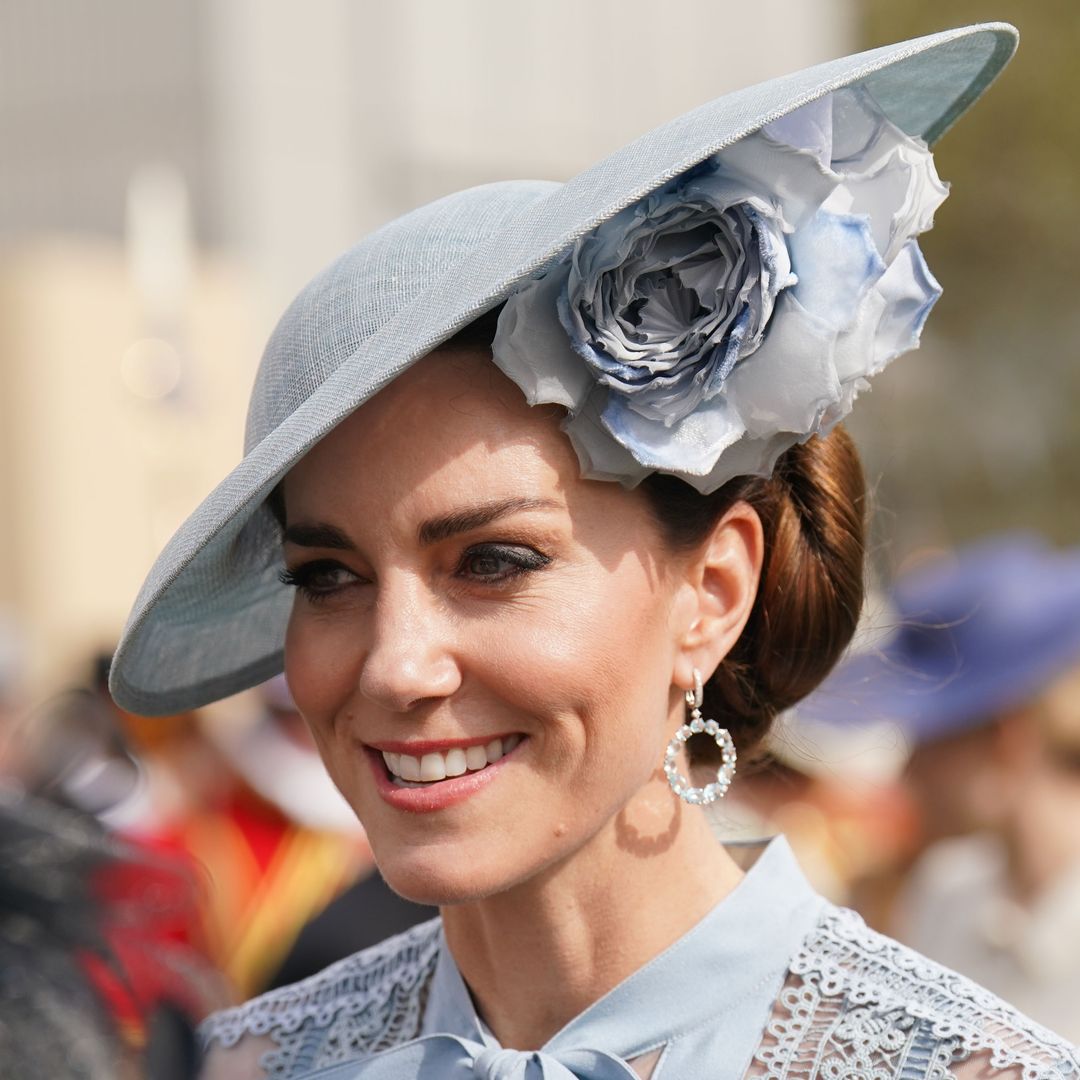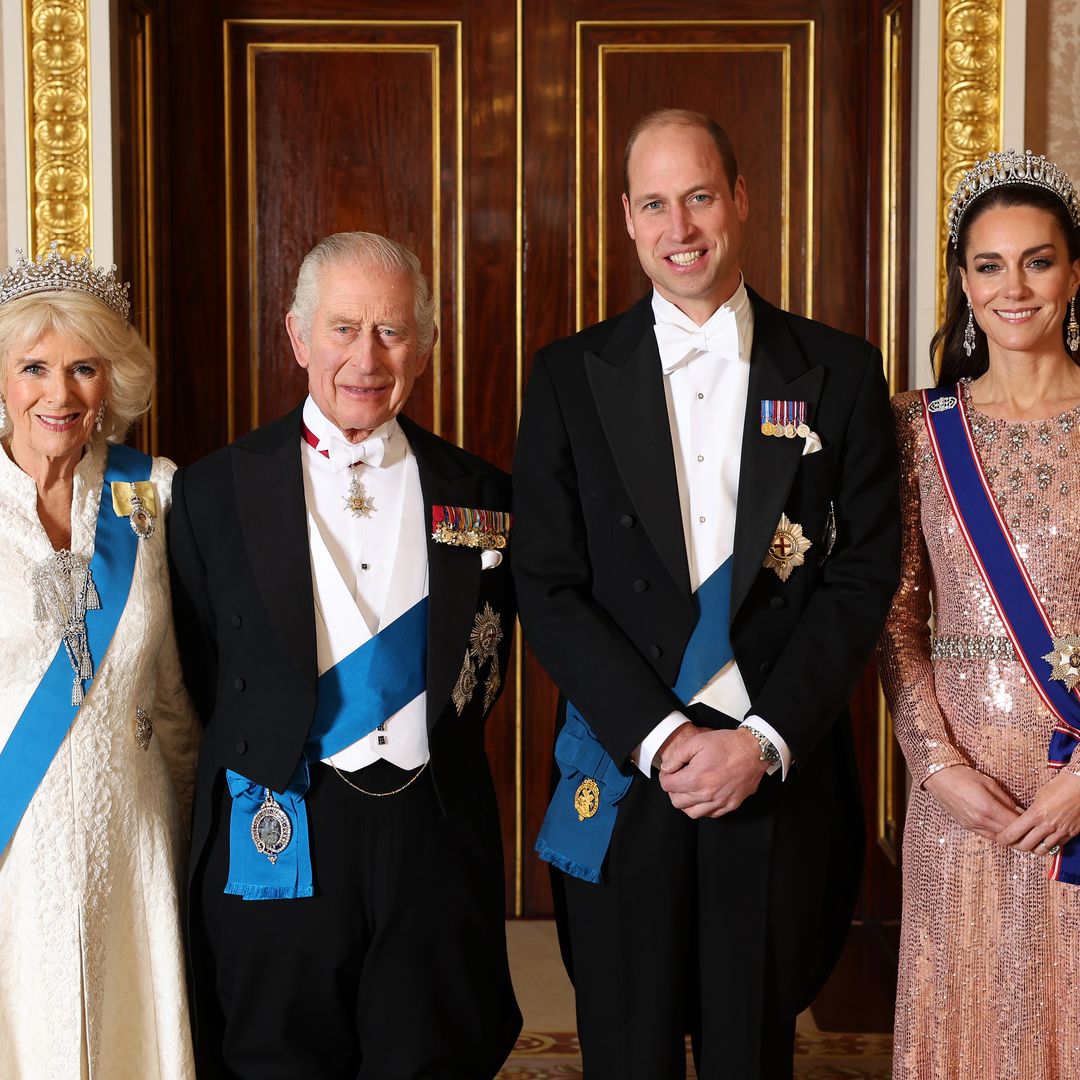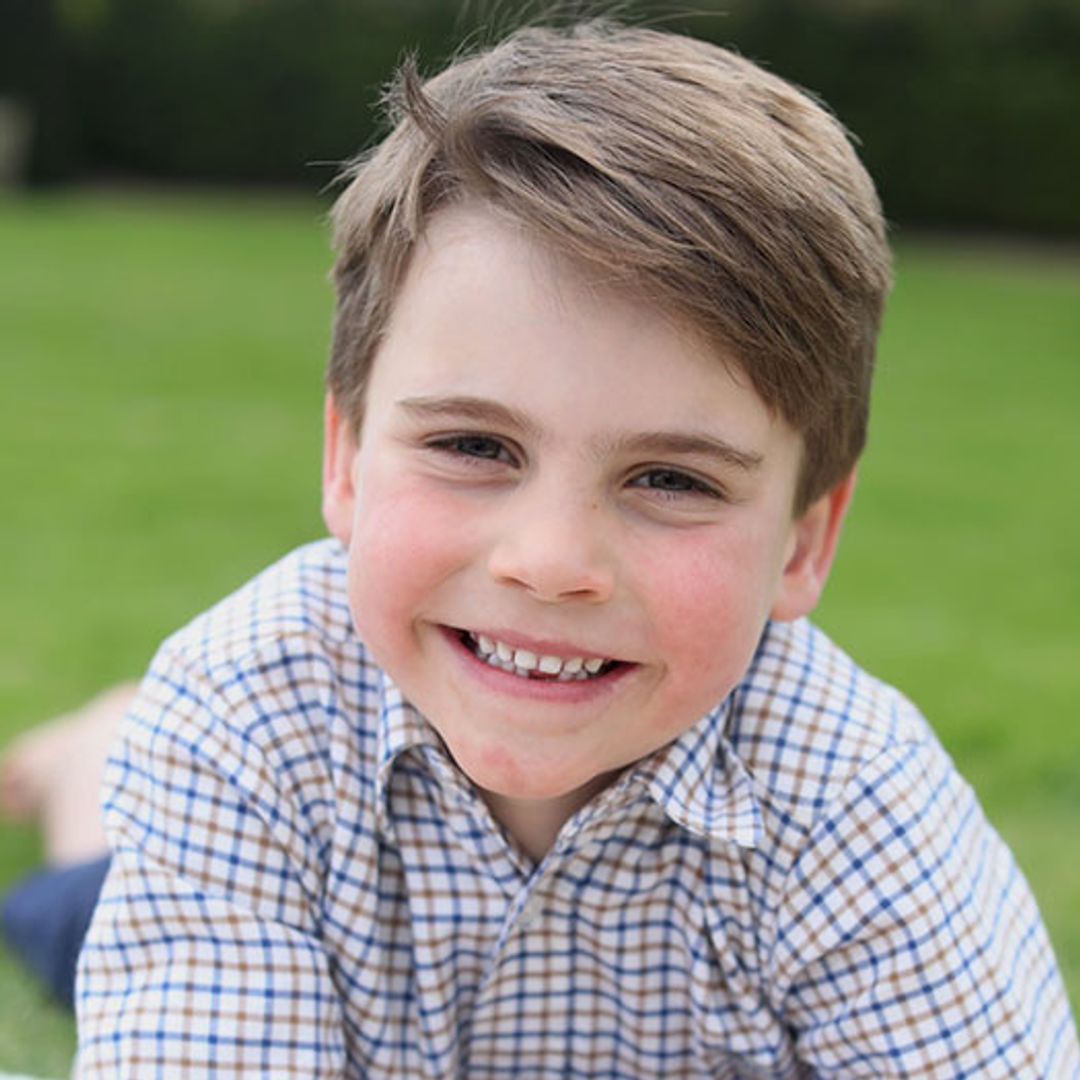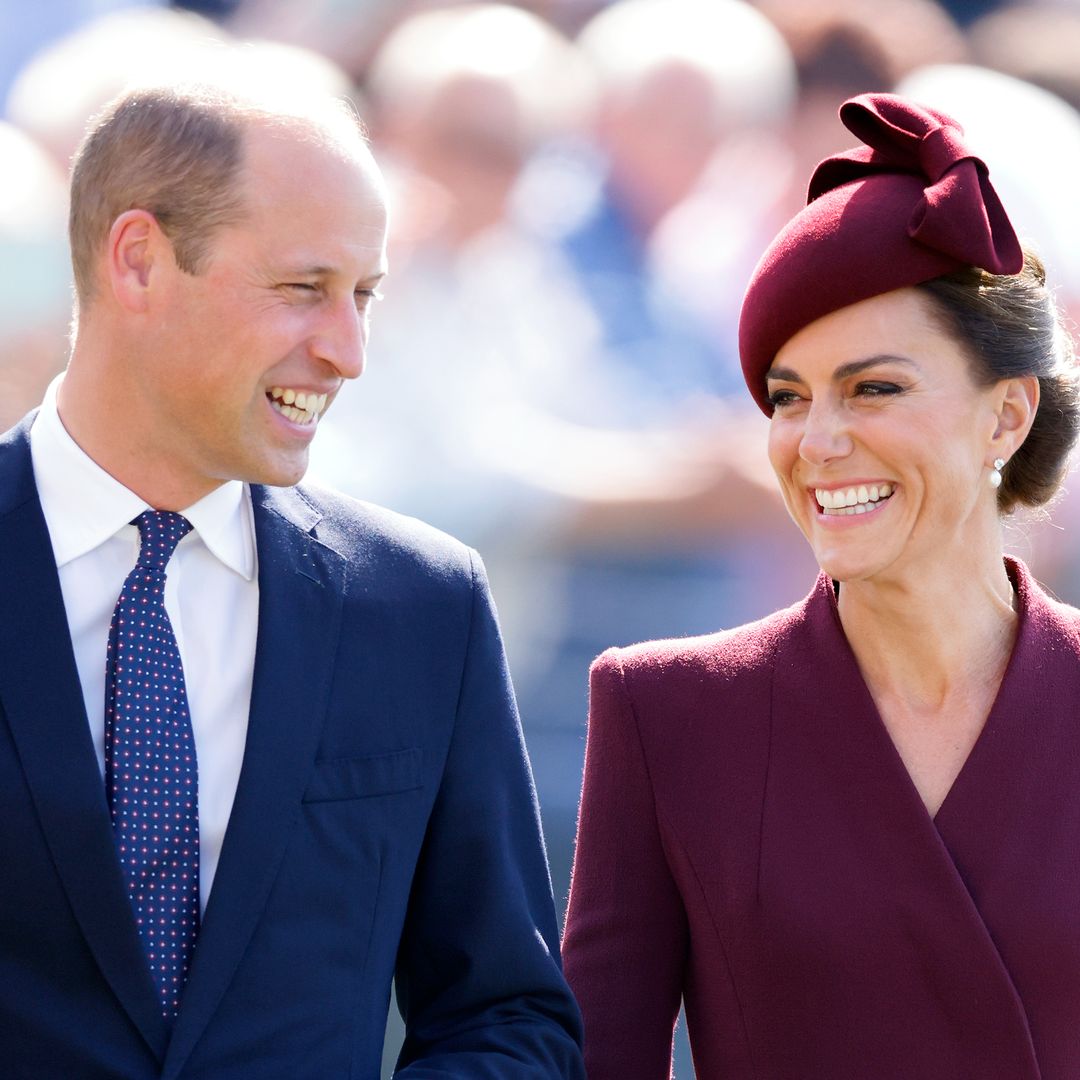It's said without the codebreaking work done at BletchleyPark during World War II, the Allies might not have won the conflict. Expertsbelieve the operations at the 19th century Buckinghamshire mansion also shortened the war by two or three years. Duchess Kate visited the park earlier thisweek, and showed off her personal connection to the estate with a detail on herdress some might have missed.
Kate’s grandmother Valerie Glassborow and her great-auntMary – twins – worked at Bletchley Park during the War. The two served asduty officers, according to the Telegraph, and worked in Hut 16 (Hut 6 until February 1943), which wascentred on processing and decrypting Enigma messages sent by the German armyand air force.
Kate shared a laugh with former Bletchley codebreakers Elizabeth Diacon (L), Georgina Rose (2nd L), Audrey Mather (2nd R) and Rena Stewart (R) during her visit. Photo: © Heathcliff O’Malley/AFP/Getty Images
The Duchess of Cambridge met with former codebreakers ElizabethDiacon, Georgina Rose, Audrey Mather, Rena Stewart during her visit – and didyou notice they were all wearing the exact same pins? Kate’s brooch was ownedby her grandmother, and all five of the badges look like rotors from Enigmamachines.
Here are some rotors from an Enigma machine a closer look at Kate’s brooch. Photos: © Wikipedia / Max Mumby/Indigo/Getty Images
Nazi Germany used Enigma machines to transmit encryptedmessages in World War II. While Polish mathematicians including Marian Rejewskihad already deciphered the Enigma in 1932 and had shared this information with theBritish government, the Germans changed their Enigma cipher system on a dailybasis, making the codes harder to understand and break.
The Queen and Prince Philip were shown an Enigma machine on a visit to Bletchley Park in 2011. Her Majesty was very keen to press its buttons. Photo: © Arthur Edwards/Getty Images
At Bletchley Park, ateam that included mathematician and computer scientist Alan Turing created amachine called The Bombe, which helped reduce the amount of work bycodebreakers in cracking Enigma messages. This work and other codebreaking iscredited with significantly reducing the time of the war.
Prince Charles was shown a rebuilt Bombe machine during a visit to Bletchley in 2008. Photo: © Tim Graham Picture Library/Getty Images
Kate also met a group of children who are learning coding usingEnigma machines while visiting Bletchley, and spoke about her connection withthem.
“It’s quite interesting how you’re all learning about codingin school, and now you can look back at how it first started,” she said,according to the Telegraph. “My granny and her sister worked here. It’s verycool. When she was alive, sadly she could never talk about it. She was so swornto secrecy that she never felt able to tell us.”
There are two bricks honouring Kate’s relatives at Bletchley Park. Photo: © Heathcliff O’Malley/AFP/Getty Images
Speaking to the four codebreakers, Kate told them that itwas “lovely” that their work is “being celebrated.” She told them the children shehad met with understood codebreaking is extremely complicated. “They have got a realappreciation of what you were doing,” the Telegraph reports her saying. Shealso told the four women it was “a real honour” to have met them.
MORE: Duchess Kate looks pretty in recycled polka dot dress for Bletchley Park
Kate’s grandmother and great-aunt and the four codebreakersmentioned above were by far not the only women to work at Bletchley. Jane HughesFawcett, who decoded a message that led to the sinking of the German battleshipBismarck, also worked in Hut 16. About 8,000 women worked at Bletchley duringthe war, making up about 75 per cent of those who were there.
